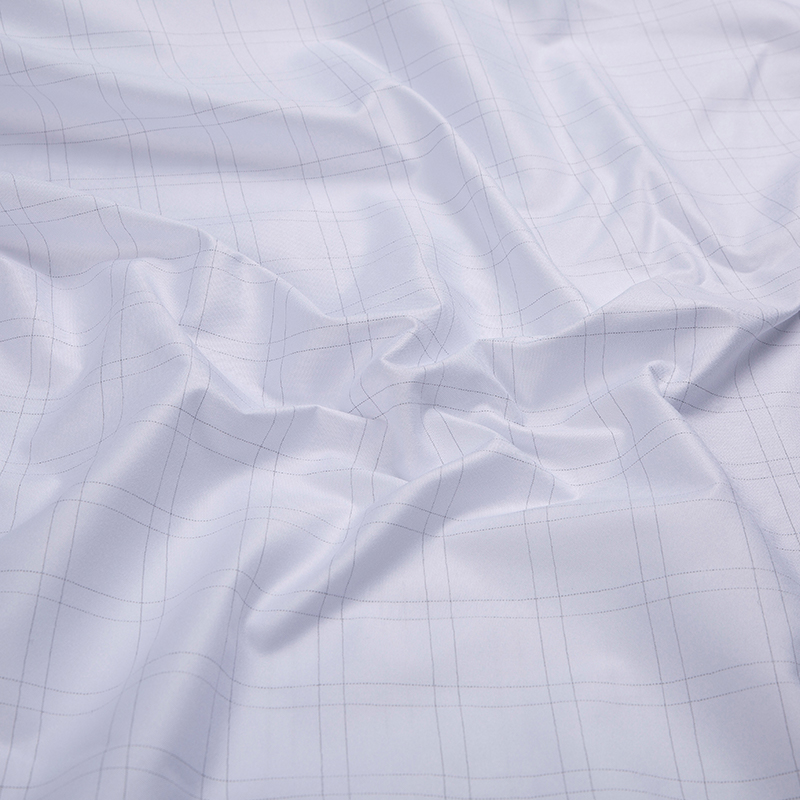Premium quality since 2002!
Polyester fabric is one of the world’s most ubiquitous textiles, found in everything from athletic wear to home furnishings. A common question consumers ask is: is polyester fabric breathable? The answer is nuanced, depending heavily on the fabric’s construction, how it’s treated, and its intended use. Generally, traditional, tightly woven polyester is not inherently breathable in the way natural fibers like cotton or linen are, but modern textile engineering has created numerous exceptions.
The Science Behind Polyester
Polyester is a synthetic polymer, specifically a type of plastic derived from petroleum. Its full chemical name is polyethylene terephthalate (PET).
Structure and Inherent Properties
- Non-Absorbent (Hydrophobic): Polyester fibers are naturally hydrophobic, meaning they repel water rather than absorbing it. This property is what makes polyester quick-drying and highly resistant to shrinking and wrinkles. While this sounds advantageous, it means the fabric does not naturally absorb moisture vapor (sweat) from the skin. Instead, a tightly woven polyester fabric can trap moisture and heat against the body, leading to a clammy feeling and the perception of poor breathability.
- Fiber Density: The density of the polymer chains means the fibers themselves have very little internal structure to allow air or moisture to pass through on a microscopic level. The only way air can move through the fabric is via the spaces between the woven or knitted threads.
Factors Influencing Breathability
The breathability of a finished Polyester Fabric product is less about the fiber itself and more about how the garment is made.
1. Weave and Knit
- Tight Weave (Low Breathability): Standard, densely woven polyester (often used in rain jackets, linings, or some formal wear) leaves little room for air exchange. This maximizes its wind and water resistance but minimizes breathability.
- Knit Construction (Higher Breathability): Most polyester used in t-shirts and athletic gear is knitted rather than woven. Knitting creates loops that naturally form more gaps and openings in the fabric structure, allowing greater air permeability and thus, better breathability.
- Mesh: Fabrics specifically constructed as mesh use large, deliberate openings, making them extremely breathable.
2. Wicking Technology
The development of moisture-wicking polyester has fundamentally changed its reputation for breathability, particularly in performance apparel.
- Mechanism: Wicking polyester is engineered with specialized fibers or a special chemical treatment that has a larger surface area or microscopic channels. Because the fabric is hydrophobic (repels the sweat), it rapidly transports the liquid moisture along these channels to the outer surface of the fabric where it can evaporate quickly.
- Result: While the fabric still isn’t absorbing the moisture, it effectively moves it away from the skin. This rapid removal of sweat creates a cooling effect and maintains a dry microclimate next to the skin, which is the functional definition of breathability in an athletic context.

3. Blend Ratios
Polyester is often blended with natural fibers to leverage the best properties of both:
| Blend Component | Effect on Fabric |
|---|---|
| Cotton | Adds softness and significantly improves moisture absorption and breathability, though it slows drying time. |
| Spandex/Elastane | Adds stretch, which doesn’t directly affect breathability but improves fit and comfort for movement. |
| Rayon/Viscose | Improves drape and increases moisture absorption and cooling effect. |
Conclusion: Modern Polyester is a Performance Fabric
In its most basic, untreated form, Polyester Fabric is not considered highly breathable. However, thanks to advancements in textile science, this generalization is largely outdated when discussing modern clothing.
For consumers seeking breathability:
- Check the Fabric Construction: Look for knitted, lightweight, or mesh polyester items.
- Look for Performance Labels: Seek out labels indicating “moisture-wicking” or “quick-dry.” These technologies overcome the fiber’s natural limitations by engineering a superior pathway for moisture transfer.
In summary, while the polyester fiber itself lacks the inherent vapor permeability of natural fibers, modern engineering transforms it into a highly effective, performance-driven fabric that manages moisture and heat, making many polyester products feel extremely breathable and comfortable, especially during physical activity.

 English
English 简体中文
简体中文









